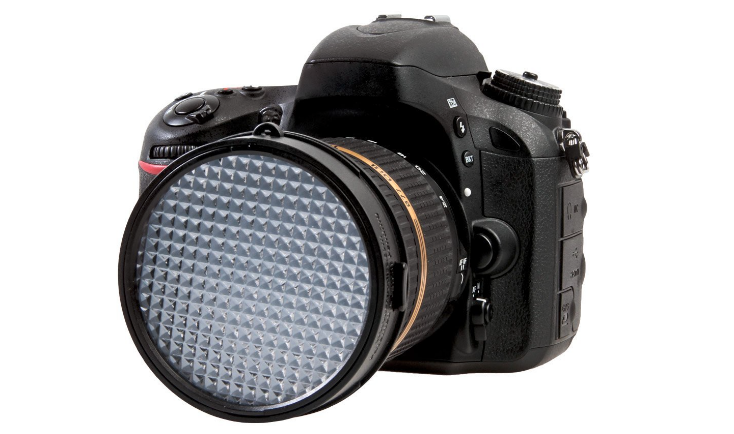5 Must-Have Photography Accessories
When starting out in Photography, you can easily get overwhelmed about you need to purchase. As you are being constantly bombarded with information about all the different accessories available you might be wondering about which ones to get- and which ones to forget about!
Although everyone will have different needs, I thought it might be useful to some of you to list a few of the little "extras" that I think are extremely useful to have with you on your photography journey. These will either simply make your life a little bit easier, and in most cases, improve your end result - which can only be a good thing right?
Before we get into the list, I have a couple of caveats.
The accessories listed below are the ones that are the most useful for lifestyle or documentary photography or capturing portraits, rather than for photographing landscapes or macro.
I also want to point out you don't actually NEED any of these - technically you only need a camera and a lens - but these are the things i haven't regretted spending any money on, and most are relatively inexpensive.
With that caveat out of the way, let's get to the accessories!
1) A White Balance Tool
Ideally you should always have something to help set your white balance.
This is especially useful when you are starting out as it takes a while to be able to "see' color correctly, so a white balance tool makes sure you get it right.
Even when you are more knowledgeable on white balance, they are very useful, allowing you to set your white balance quickly and accurately, saving you a ton of time in processing.
My favorite is without doubt the Expodisc (and you can read why here) but unfortunately it is also the most pricey. However, you will get the same result with a grey card or white balance filter, which literally cost a few dollars.
Here are some options:
You can read about the 6 different ways to set white balance here, and see a comparison of those methods here.
2) Speedlight
You have probably heard numerous times that if you are trying to get better quality images and improve your photography, you shouldn't use your cameras pop up flash.
I definitely prefer using natural light and strive to do so, but there are times when having flash is handy, for example taking photos indoors when there is little light available - capturing your days in winter can be challenging without one!
IF that’s you too, investing in a speedlight is your best bet.
I have this model, the Canon Speedlite 430EX II and love it. This adds light to the scene but also allows you to bouce it of a nearby wall or ceiling, softening the light and if done well, you would be hard pushed to guess that flash was used.
If you are not sure why you might either an external flash unit, you can read more about that here. and you can learn how to use your new speedlight here!
3) Tripod
If you want to be IN some of your pictures with your kids (which you should!) then a tripod is definitely a worthwhile investment. Although you can spend quite a lot of money on one, if you are only using one in the home occasionally, you can pick up a tripod for well under $100. I've written up a guide previously on how to choose a tripod so give that a read for some ideas and recommendations.
This is the extremely budget friendly one I have, and it works just fine :)
AmazonBasics 70-Inch Pistol Grip Tripod with Bag
4) Decent Memory Card
You may want to also purchase a faster memory card - I think it's one of the best things you can do when photographing moving children!
Most people don't even think about their memory card, but bear in mind your want your camera to be able to "write" the image onto the card quickly, so you don't have to stand and wait whilst the camera is buffering. (See this post on using Burst Mode for more info)
Choose one with decent write speeds - this will be marked on them usually. If your camera has the option for you to use a CF card (the more professional bodies do) you might want to look at that as an option too - these usually have even faster write speeds.
5) Editing Software
I pretty much edit all my photos, even if it just adding a little contrast or saturation. A good editing program will allow your images to really shine, so I really strongly recommend getting one - it really will be worth every penny I assure you! I recommend either Photoshop Elements or Lightroom if you are just starting out - I personally use Lightroom and love it for it's end to end organisational capabilities and it's speed of use for editing, but either is fine!
There are many, many, many more gadgets out there (and I have several of them!) but these are the ones that I don't regret spending any of my hard earned cash on!



